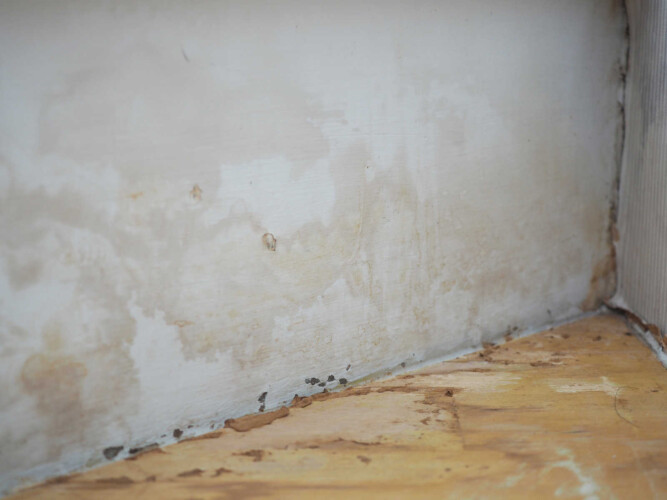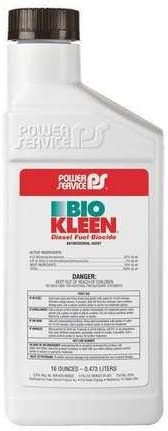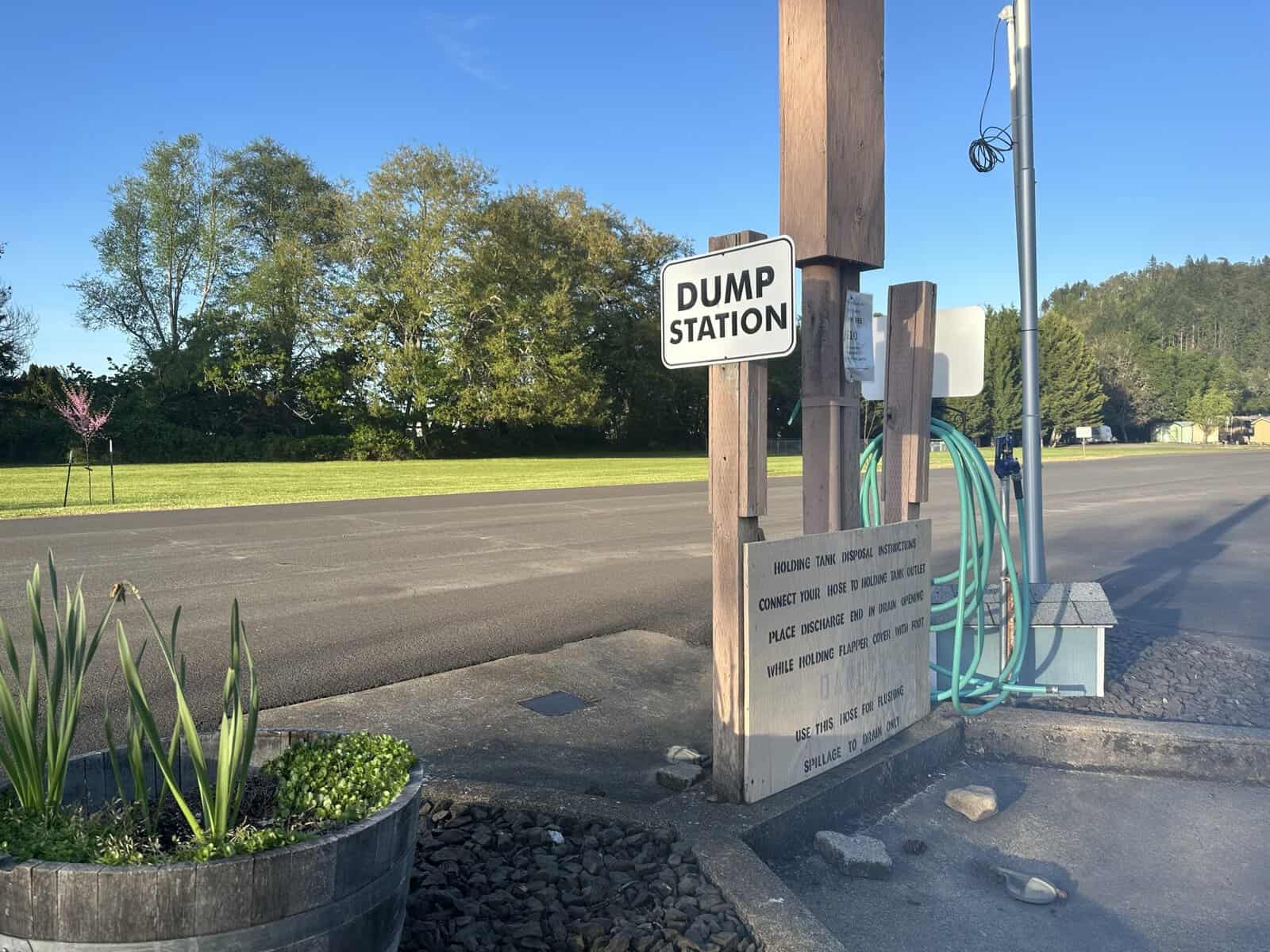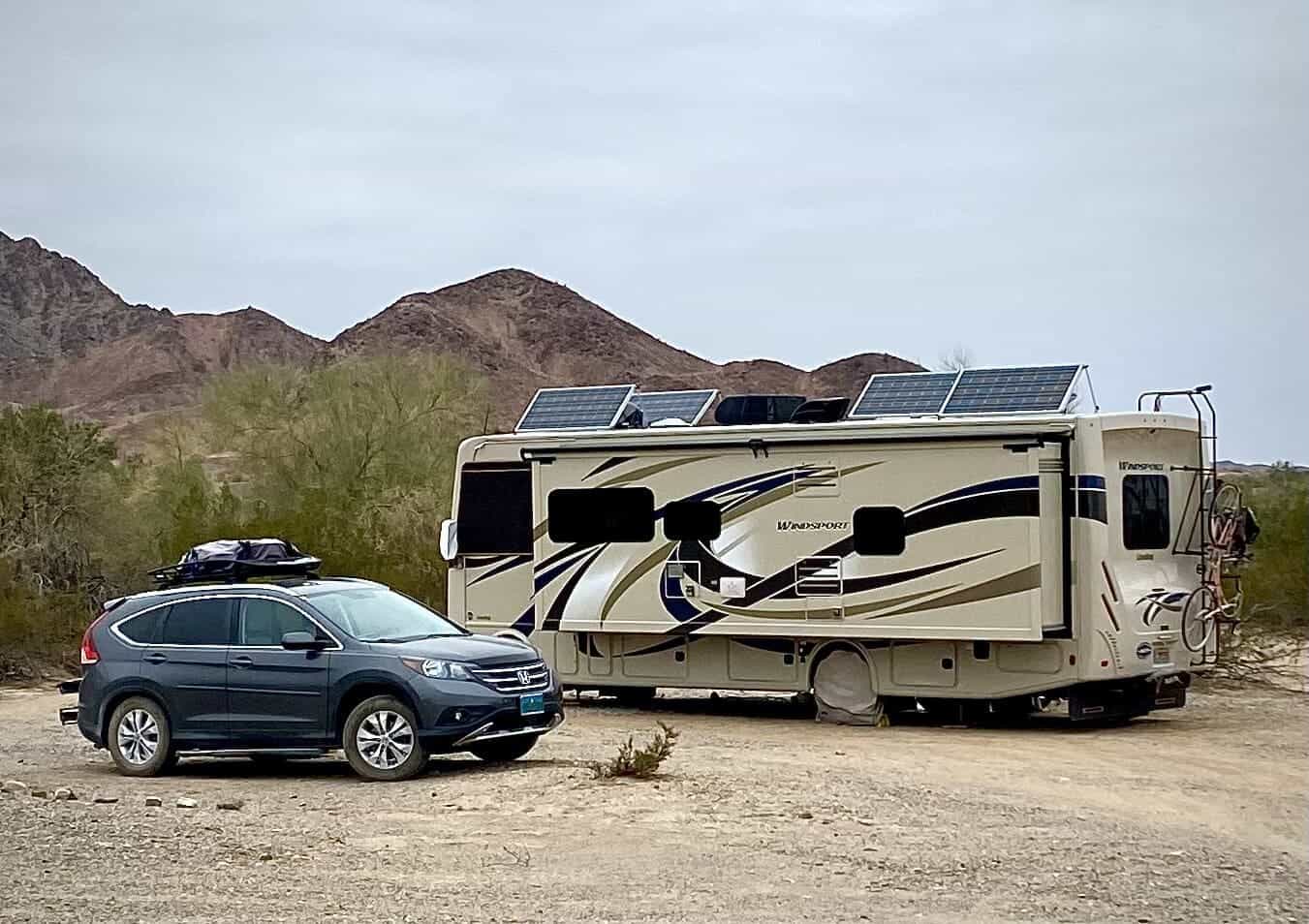Modern RVs are great, but older ones have unbeatable charm. In today’s our Vintage RV Maintenance Guide, Part Two, you’ll learn more pro tips to keep your older camper’s interior and engine in show-worthy condition.
Catch Part 1 of the Guide to Vintage RV Maintenance
RVs are made to withstand constant travel. But if you’re the owner of a vintage RV over 20 years old, always treat it with an extra layer of caution and care. Remember, each time you drive that old RV, you are subjecting it to constant vibrations and bumps, which can jar anything loose.
Modern RVs have an advantage of technological conveniences, warnings and alarms that tell you when something is wrong. But vintage RVs need a closer look and a savvy, attentive owner to prevent and diagnose issues. Keep reading to learn how.
Vintage RV Maintenance Guide, Part Two: Tips for Interior and Engine Care
Thankfully, there’s a hidden advantage to owning a vintage RV. Sometimes they’re easier to troubleshoot and fix on your own than a modern RV pumped full of complicated technology. The key is to know the main problem areas to look out for and stick to a regular maintenance schedule. Two of those big prolem areas are the RV interior and if you have a motorhome, the engine.
Interior Maintenance Pro Tips
Stan Womble of Stan’s RV Service in Covington, Georgia, has worked on vintage RV interiors across the state for over 30 years. He suggests sticking to the following monthly, semi-annual, and annual maintenance for vintage RV interiors:
Vintage RV appliance care
Try to keep moisture out of the camper. Place RV-friendly dehumidifiers, and other moisture-retaining products throughout your rig for dehumidifying.
More ways to keep your vintage RV maintained
Generator care
Have your generator serviced every 150 hours with an oil and filter change. Don’t let it get below ¼ of a tank of fuel or propane to avoid it automatically shutting off.
Roof care
Inspect your roof at least once a year. If you see cracks or a chalky film, it’s your sign to get your roof resealed.
Plumbing & Holding tanks
If you have water in your system, run it frequently and check your water filter. Change your RV water filter once a year.
If you’re not using your freshwater tanks regularly, add a little bleach to keep them clean and mold-free.
If you’re not using your RV in the wintertime, be sure to winterize the holding tanks by releasing your low point drains and adding antifreeze.
Windows
Reseal all window seals once a year.
If you need more advice or tutorials for anything inside your vintage RV, Stan suggests starting with the internet, specifically RV forums for vintage camper owners.
If you need appliance-specific support, Stan says call the manufacturer’s technical support line. Stan says has more luck with RV appliance manufacturer help lines than going to a dealership.
Watch for Water, Mold, and Mildew Damage
Are you thinking of buying and restoring a vintage RV? If so, Stan cautions you to look for mold and mildew. He warns that mold spores are deadly. “Get as much info as you can if you’re buying a vintage RV,” Stan says. “Did it have leaks? If so, where?”
Check for mold in the camper, and if you find some, put on safety gear, including goggles and PPE. Then remove the mold immediately. Cut or scrape it out and treat the area with a 50/50 bleach-to-water mix.

The more you use your vintage RV and the older it gets, Stan says the more it’s going to weaken structurally. This makes it incredibly important to stay on top of water damage. He says 90% of the time, the RV roof is where water damage starts.
Regularly inspect for leaks and water damage. Spray down your rig with a hose to check for leaks. Start by inspecting the roof and work down to the ceiling, walls, flooring and basement.
Never use a pressure washer to clean your vintage RV. They can do more damage than good, Stan cautions, including creating holes and cracks for water to seep in.
Stan can be reached via email with any questions about older model RV restoration and care.
Engine Maintenance for Vintage RVs
Your vintage RV is nothing without an engine that actually runs. For regular maintenance on an engine over 20 years old, RV mechanic Gus Menendez of Gus’ Lube Services in Lubbock, Texas recommends:
“I don’t like to use full synthetic oil for diesels because it’s so fine, and it has a tendency to seep out of the engine,” Gus says. For that reason, he suggests using regular oil and you’ll be good to go.
Pre-Trip Checklist for Vintage RVs
Before driving, Gus says always check your:
- RV tires and tire pressure
- The ground beneath your engine for fluid leaks
- Engine for loose parts or fluids
- Oil level
- Power steering reservoir
- Radiator fluid
- Generator
If you’re a new RVer, Gus also recommends using a pre-drive checklist to ensure you fully complete your inspection before you leave. This helps you stay on top of potential problems and leads to a higher likelihood of a safe and hassle-free journey.
Essential Tools to Keep in Vintage RVs
And since you never know what can happen with your engine or inside your vintage RV while you’re on the road, Stan and Gus recommend traveling with the following tools:
*Why carry an extra serpentine belt in your vintage motorhome?
A serpentine belt impacts your power steering and electricity for batteries. To get an extra one, jot down your VIN number and license plate, then go to a NAPA or auto parts store. They will look it up and give you the exact belt for your vintage motorhome.
As an example of how useful it can be, when one of Gus’ clients had a serpentine belt bust while on a trip, his RV was stranded on the side of the road for a week because he didn’t have an extra.
Try DIY RV Maintenance on Your Old Camper
Gus encourages owners of vintage RVs to tackle regular maintenance and engine work at home. Hey says it makes you more comfortable with the vehicle and helps you avoid “getting hosed with RV mechanics’ prices.”
Of course, he recognizes that DIY vintage RV maintenance can be intimidating for some people. He says that YouTube is where he gets most of his vintage RV engine advice when needed.
Storing a Vintage RV
When your vintage RV is in storage, move it forward and backward occasionally. Examine the ground beneath the rig for fluid leaks. This way you can stay on top of topping off liquids or necessary tune ups.
If you store a vintage diesel RV for over two weeks, Gus suggests adding biocide. This prevents bacteria and fungus buildup and helps the engine run smoothly after being stored. BioKleen Diesel Fuel Biocide is his product of choice.
Final Thoughts on Engine Care for Vintage RVs
Gus has good news for the super vintage RV owners. He believes older engines are “100% better than brand new ones.” He specifically points out new GM gas engine RVs as some of the worst. Gus is spotting a trend when at around 30,000-40,000 miles, the radiator fluid tends to leak.
Lucky for vintage RV owners, sometimes older motorhomes or trailers have simpler mechanics, making most issues relatively simple to troubleshoot, especially with internet access. With these care and maintenance tips, your summer travels in your decades-old RV are destined to go off without a hitch!





